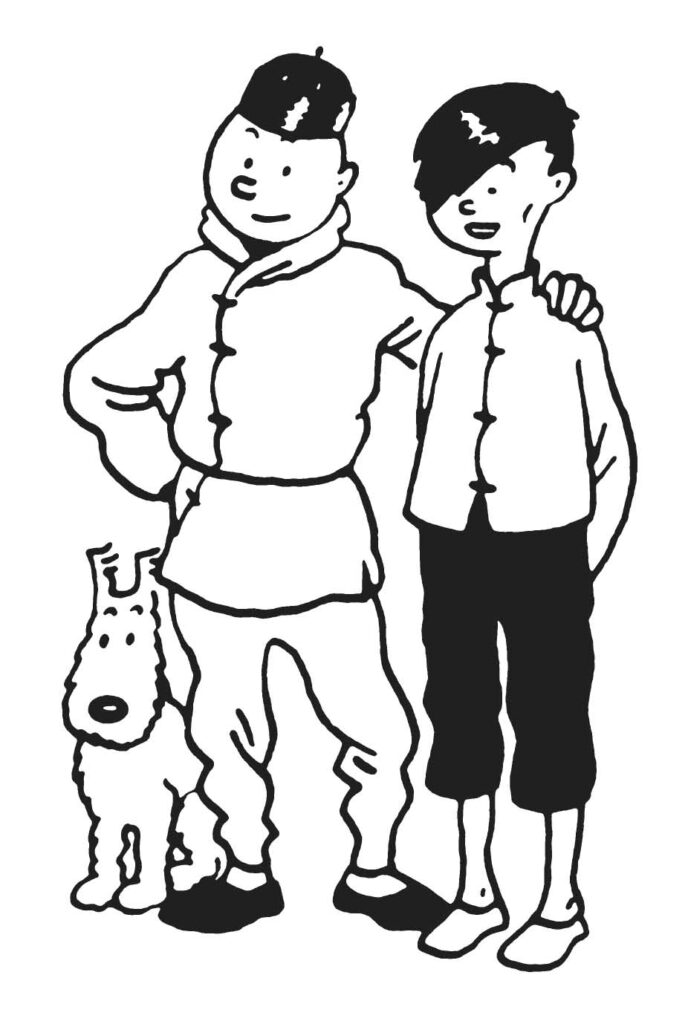Tintin enters the public domain in the United States
The early version of Tintin, created by Belgian artist Hergé, has entered the public domain in the United States as of January 1, 2025, marking a significant milestone in the character’s legal and cultural history. This development specifically applies to the original 1929 black-and-white depiction of Tintin that first appeared in “Tintin in the Land of the Soviets”.
The public domain status is nuanced and geographically limited. In the United States, creators and artists can now use the earliest iteration of Tintin – a rounder, less defined character with a plumper figure and without his signature blonde hair or iconic brown trousers. However, this freedom is not universal; in the European Union, Tintin remains under copyright protection until 2054, 70 years after Hergé’s death in 1983.
This legal transition opens fascinating creative opportunities. Researchers, artists, and digital creators in the United States can now reinterpret, study, and reimagine the original Tintin character without seeking permission from the Hergé estate. The entry into the public domain is a result of U.S. copyright law, which stipulates that works published between 1924 and 1978 enter the public domain 95 years after their first publication.
Interestingly, legal experts like Belgian copyright specialist Alain Berenboom have raised questions about the exact timing of Tintin’s public domain status, with some suggesting the date might actually be 2034 due to complexities in international copyright law for non-American authors. This uncertainty adds an intriguing layer to the ongoing narrative of Tintin’s legal journey.
Despite these nuanced legal considerations, the 2025 milestone represents a significant moment for one of the most beloved comic characters in global popular culture, potentially opening new chapters in Tintin’s already remarkable legacy.


